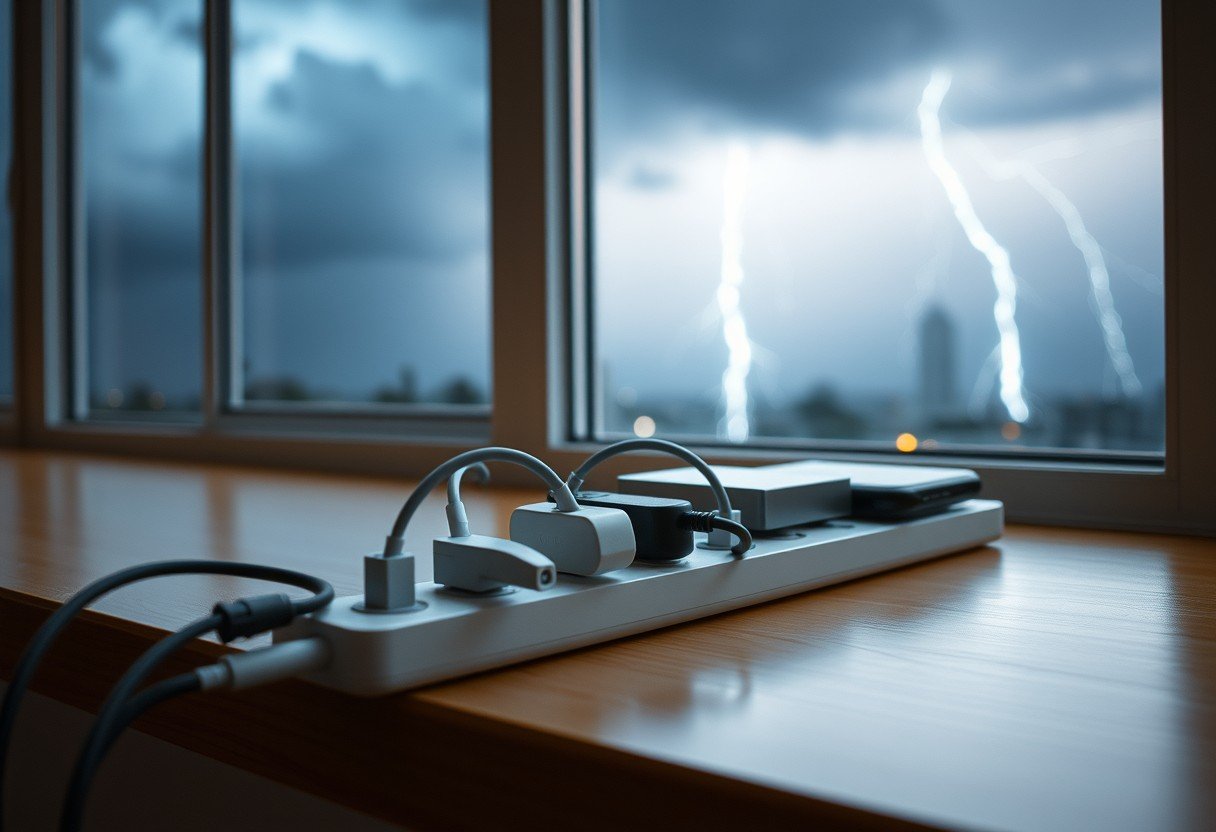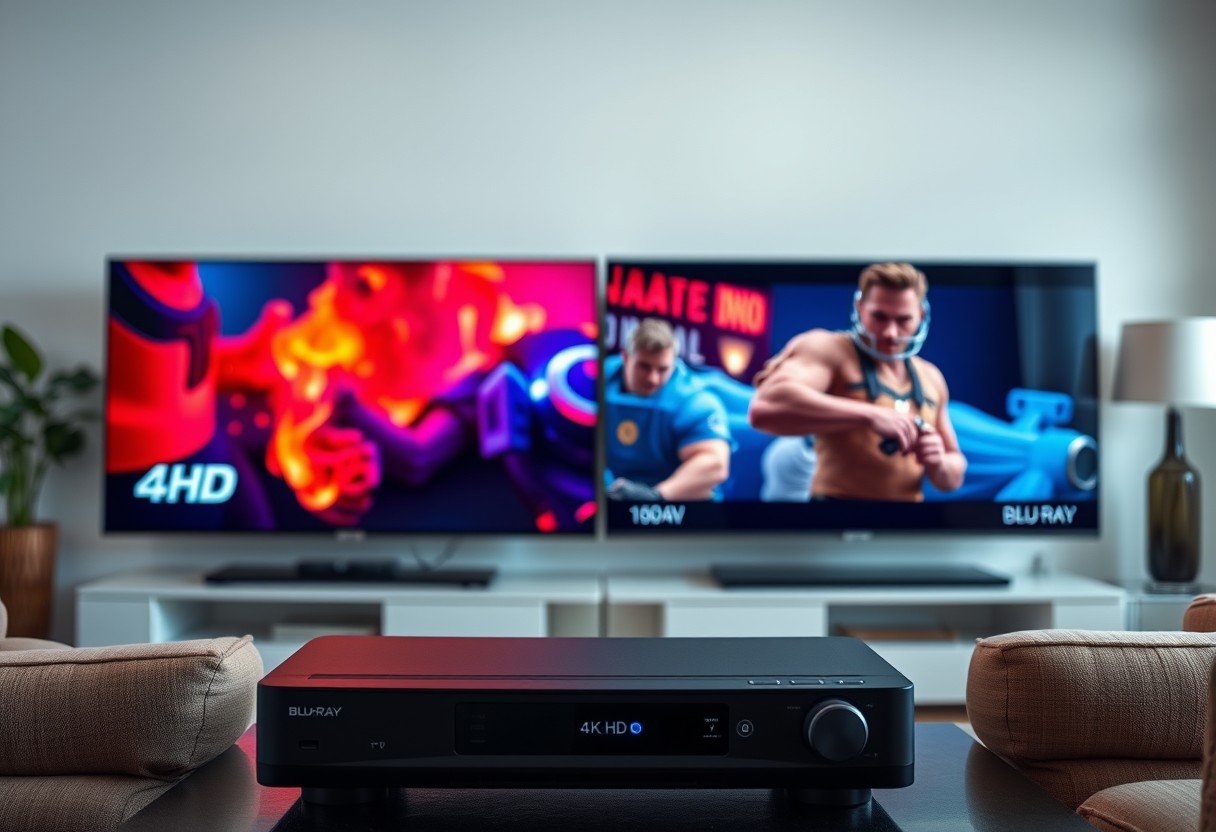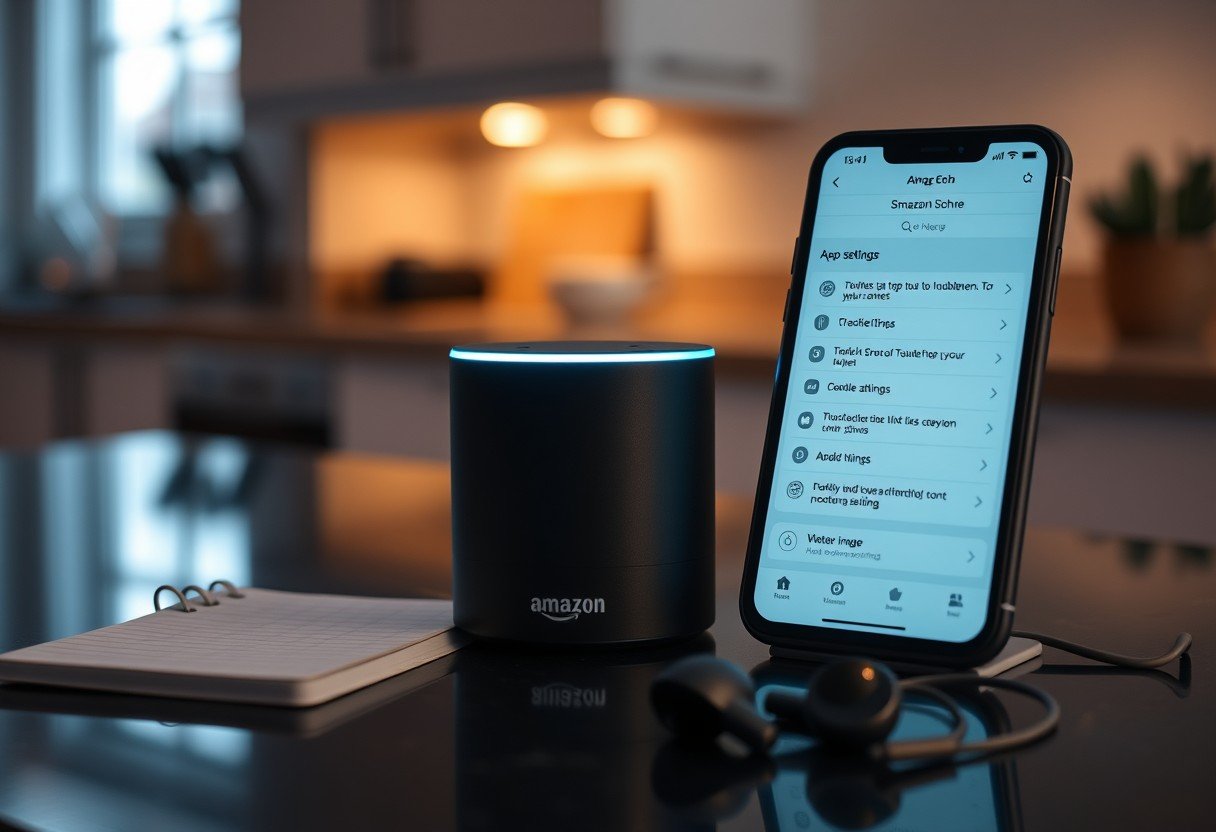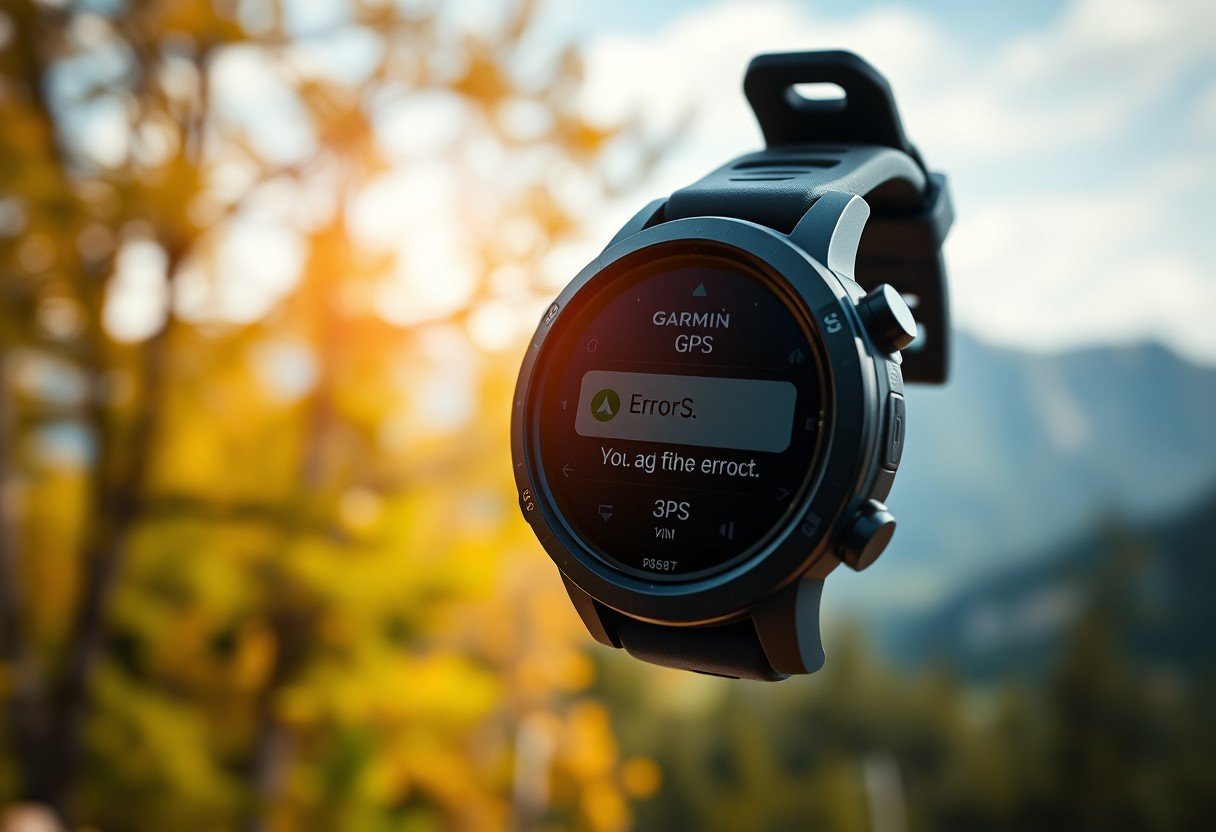With more gadgets in our homes than ever, you might think that plugging them into a power strip keeps them safe during a storm. But can that simple strip really protect your expensive computer or TV from a powerful lightning strike? The answer is more complex than you might think. Understanding the difference between a simple power strip and a true surge protector is crucial for safeguarding your valuable electronics from unexpected and damaging electrical events.
What is the Difference Between a Power Strip and a Surge Protector?
Many people use the terms “power strip” and “surge protector” interchangeably, but they are not the same thing. A basic power strip is simply an extension cord with extra outlets. Its only job is to turn one wall outlet into several, offering convenience but no real protection.
A surge protector, on the other hand, is specifically designed to defend your electronics against power surges, which are brief spikes in your home’s electrical voltage. While some power strips have built-in surge protection, many do not. It is critical to check the product’s packaging for a joule rating to confirm it is a surge protector.
This table breaks down the key differences:
| Feature | Basic Power Strip | Surge Protector |
|---|---|---|
| Primary Function | Provides multiple outlets | Protects devices from voltage spikes |
| Joule Rating | None | Yes (higher is better) |
| Indicator Light | Usually just a power switch light | Often includes a “Protected” light |
| Price | Generally inexpensive | Slightly more expensive |
Essentially, every surge protector is a power strip, but not every power strip is a surge protector. Choosing the right one is your first line of defense.
How Lightning Causes Damage to Your Electronics
Lightning is a massive and unpredictable discharge of atmospheric electricity. A direct strike on your home is rare but catastrophic. More commonly, lightning strikes nearby utility poles or power lines, sending a massive surge of electricity through the electrical grid.
This powerful surge can travel through the wiring in your walls and into any device that is plugged in. A typical lightning bolt can carry up to 1 billion volts of electricity, far more than any household electronic device is designed to handle. The delicate microprocessors and circuits inside your computer, television, or gaming console can be fried in an instant, leading to permanent damage.
Even if a surge doesn’t destroy your device immediately, smaller, more frequent surges can degrade internal components over time, shortening the lifespan of your electronics.
The Limitations of a Standard Surge Protector
Even a dedicated surge protector has its limits, especially when it comes to lightning. The joule rating on a surge protector indicates how much energy it can absorb before it fails. A higher rating means better protection, but even the best consumer-grade surge protectors are not designed to handle the immense power of a nearby lightning strike.
A direct or very close lightning strike can easily overwhelm the protective components inside a surge protector. When this happens, the excess voltage can pass right through to your connected devices, causing the very damage you were trying to prevent. Think of a surge protector as a shield against small to medium voltage spikes, not an impenetrable fortress against a lightning strike.
Furthermore, a surge can enter your home through more than just the power lines. It can also travel through cable and phone lines, bypassing the protection you have for your electrical outlets.
How to Choose a Surge Protector That Actually Protects
When shopping for a surge protector, don’t just grab the cheapest one on the shelf. To provide meaningful protection, you need to look for specific features that indicate quality and safety. A good surge protector is an investment in the longevity of your electronics.
Before you buy, check the packaging or the device itself for these key indicators:
- A High Joule Rating: For expensive equipment like computers and home theater systems, look for a joule rating of at least 1,000. The higher the number, the more energy it can absorb.
- UL Certification: Make sure the device is certified by Underwriters Laboratories (UL). This mark means it has been tested and meets important safety standards. Look specifically for the “UL 1449” standard.
- Indicator Lights: A quality surge protector will have an indicator light that confirms the surge protection feature is active. If this light goes out, it means the protective components have been used up, and the strip no longer offers surge protection.
Also, consider models that offer protection for coaxial and phone lines if you have equipment connected to them, as this provides a more comprehensive defense.
Why Whole-House Surge Protection is Your Best Defense
For the highest level of protection, experts recommend a layered approach. This starts with a whole-house surge protector, which is installed directly into your home’s main electrical panel by a qualified electrician.
This device acts as the first and strongest line of defense. It is designed to stop large, external power surges—like those from a lightning strike—before they ever enter your home’s wiring. By diverting the massive surge at the source, a whole-house unit protects everything in your home, from your large appliances to the smallest chargers.
While a whole-house system provides robust protection, it’s still a good idea to use point-of-use surge protectors for sensitive and expensive electronics. This creates a two-tiered system that shields your devices from both large external surges and smaller internal surges generated by appliances inside your home.
Simple Steps to Protect Your Devices During a Storm
No surge protector can offer a 100% guarantee against a direct lightning strike. Because of this, the most effective method for protecting your electronics during a severe thunderstorm is also the simplest.
The single best way to protect your electronics from lightning is to unplug them. Disconnecting them completely from the wall outlet removes any path for a power surge to reach them. This applies to computers, televisions, gaming consoles, and any other valuable electronic device. It may be a minor inconvenience, but it’s a foolproof way to ensure their safety during a storm.
Frequently Asked Questions
What does the joule rating on a surge protector mean?
The joule rating measures how much energy a surge protector can absorb before it fails. A higher number indicates greater protection, as it can handle either a larger single surge or more smaller surges over its lifetime.
Can a surge protector survive a direct lightning strike?
No, a consumer-grade plug-in surge protector is not designed to withstand the immense power of a direct or very close lightning strike. Such an event will overwhelm its protective capabilities, and the surge will likely pass through to your devices.
How often should I replace my surge protector?
Most surge protectors should be replaced every 3 to 5 years. The protective components inside wear out over time, especially if you live in an area with frequent power fluctuations. If the “Protected” indicator light goes out, you should replace it immediately.
Is a more expensive surge protector always better?
Not necessarily, but price often reflects quality. More expensive models typically offer higher joule ratings, better construction, and warranties that may cover damage to your connected equipment. Always prioritize features like UL certification and a high joule rating over price alone.
Will a surge protector protect my devices from a power outage?
A surge protector does not protect against power outages or blackouts. For that, you would need an Uninterruptible Power Supply (UPS), which contains a battery to provide temporary power and allow for a safe shutdown of your devices.









Leave a Comment